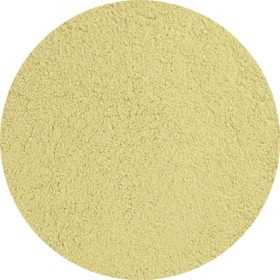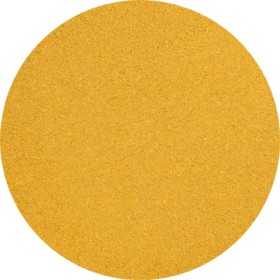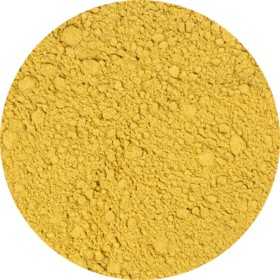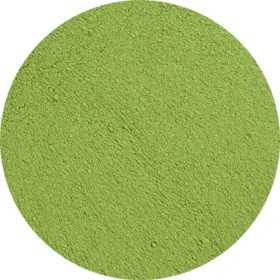U, V, W, X, Y, Z
There are 6 products.
Ashwagandha - Withania somnifera
In Ayurvedic medicine, ashwagandha is known as a 'rasayana', meaning it is used to support both physical and mental health. It has a calming effect and is used to sleep better and promote a balanced mind. In India, where this herb originates, it is believed to support male potency and female health, often compared to the strength and vitality of a horse.
€4.40
From: €4.40
Cat's Claw - Uncaria tomentosa
Cat's claw (Uncaria tomentosa) is a climbing plant that is native to the Amazon region of Brazil and Peru. It is highly valued in the Peruvian Amazon and is among the protected species. This plant is often called the 'sacred herb of the rainforest' because of its significance. The name 'cat's claw' or 'cat's claw' is derived from the small claw-like thorns at the base of the leaves, which resemble a cat's claws. These claws help the vine to wrap itself around trees and climb up to a hundred meters high!
€2.60
From: €2.60
Ginger - Zingiberis Thiz. Mund. officinalis
Ginger comes from the root of the ginger plant (Zingiber officinale) and is used as a spice in many countries because of its strong flavor. It contains various bioactive substances, including gingerol, shogaol and zingiberene. Ginger supports the immune system, promotes healthy digestion and has a beneficial effect on the heart and blood vessels. Additionally, ginger can promote well-being during vehicle travel.
€2.40
From: €2.40
Nettle - Urticae dioica
The nettle (Urtica dioica) is a powerful and versatile plant that occurs in many places, despite its irritating property to the touch. Known for its culinary uses, such as nettle soup and tea, the nettle is also known for its health benefits.
Nettle leaf is a traditional herbal medicine with various applications. It contributes to healthy skin, gives shine to the hair and strengthens the nails. In addition, it can help soothe the respiratory tract and maintain proper fluid balance. It also provides support to the heart and blood vessels.
Nettle leaf is a traditional herbal medicine with various applications. It contributes to healthy skin, gives shine to the hair and strengthens the nails. In addition, it can help soothe the respiratory tract and maintain proper fluid balance. It also provides support to the heart and blood vessels.
€2.40
From: €2.40
Slippery Elm - Ulmi pubescent - Ulmus rubra
The Slippery elm (Ulmus rubra), also known as slippery elm, was initially mistaken for the Ulmus americana in 1753. It was not until 1793 that researchers discovered that it was a different species and gave it the name Ulmus rubra. This deciduous tree is mainly found in the humid highlands east of North America.
The slippery elm has traditionally had many uses in America. The tree grows quickly and produces durable wood that does not rot quickly. The strong fibers are often used to make thread or rope and are even suitable for clothing production.
The inner bark of the slippery elm is slimy and is often used to make tea. The dried and ground leaves are also used as tea.
The slippery elm has traditionally had many uses in America. The tree grows quickly and produces durable wood that does not rot quickly. The strong fibers are often used to make thread or rope and are even suitable for clothing production.
The inner bark of the slippery elm is slimy and is often used to make tea. The dried and ground leaves are also used as tea.
€9.30
From: €9.30
Valerian - Valerianae officinalis
Valerian (Valeriana officinalis) has been known for centuries for its relaxing and soothing properties, which is why it is often used for stress and to sleep better. It is a natural tranquilizer.
The reputation of the valerian plant stretches back centuries. The plant is still common in the Netherlands, mainly growing in airy, moist soil. The roots emit a strong and characteristic odor that cats are especially fond of. In the past, our superstitious ancestors used valerian to ward off 'evil'. For example, bridal couples wore wreaths of valerian leaves to ward off evil elves, while farmers used the herb to prevent 'milk bewitchment'.
The reputation of the valerian plant stretches back centuries. The plant is still common in the Netherlands, mainly growing in airy, moist soil. The roots emit a strong and characteristic odor that cats are especially fond of. In the past, our superstitious ancestors used valerian to ward off 'evil'. For example, bridal couples wore wreaths of valerian leaves to ward off evil elves, while farmers used the herb to prevent 'milk bewitchment'.
€3.70
From: €3.70




















